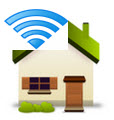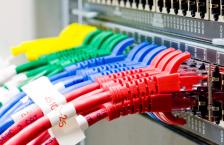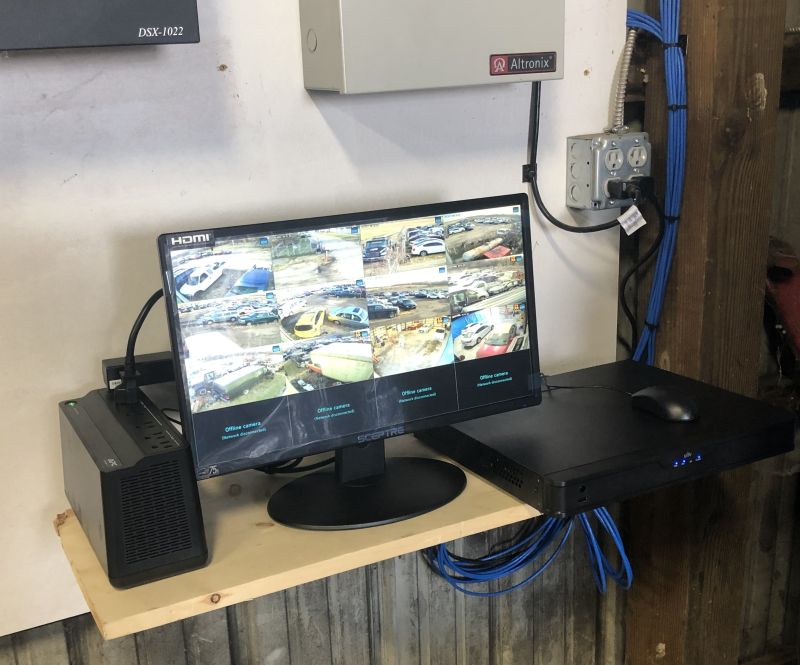Having an unstable internet connection that keeps disconnecting can be extremely frustrating. Whether you’re in the middle of an important video call for work, trying to stream a movie, or playing an online game, losing connectivity interrupts your tasks and wastes your valuable time.
Fortunately, there are several troubleshooting steps you can take to get to the bottom of this issue and restore smooth and consistent internet access. This comprehensive guide will walk you through the most common culprits behind a spotty internet connection and provide actionable solutions to resolve them.
Diagnose the Underlying Issue
The first step is to diagnose what exactly is causing your internet to repeatedly cut out. Here are some questions to ask yourself:
- Is it happening on one device or all devices? If the problem only occurs on one device, it may be an issue with that device’s network adapter or connectivity settings. But if all wired and wireless devices are losing access, it points to a broader networking issue.
- Does the internet cut out at specific times or randomly? If the disconnects occur more frequently during peak usage hours, it could indicate network congestion. Random times point to other culprits like connection problems.
- Are you also experiencing slow internet speeds? Weak, sluggish connectivity often accompanies frequent dropouts. This suggests suboptimal network conditions.
- Do all online services get affected or only some? If the issue seems isolated to just one website or application, there may be a server outage on that end. Widespread impact indicates a problem on your side.
Getting clarity on these aspects will help you isolate where exactly the problem lies.
Fix #1: Reset Your Network Equipment
Simply restarting your modem, router, computer, or other connected devices can often resolve temporary glitches causing connectivity problems.
Follow these troubleshooting steps:
- Unplug the power cable from back of the modem and router. If they are separate devices, unplug both.
- Wait at least 30 seconds before reconnecting the power cable(s). This clears any cached memory that may be causing conflicts.
- Turn your computer/devices off and then back on. Allow them to fully power down and restart.
- Check if connectivity has improved. See if the internet still disconnects frequently on your devices.
Resetting all equipment forces your network to freshly establish connections. If issues persist, an underlying problem still exists.
Fix #2: Check for Outages with Your ISP
Service issues with your internet provider can also disrupt connectivity. Contact your ISP to check if they are experiencing any known outages.
Most providers offer real-time outage maps on their website or mobile app. You can reference these to check for problems in your area. If you notice widespread outages, connectivity will resume once service is restored.
Fix #3: Switch Up Your Wi-Fi Channel
Wi-Fi signals can experience interference from neighboring networks or devices operating on the same channel. Changing to a less congested channel can drastically improve connectivity.
Follow these steps to change your Wi-Fi channel:
- Log into your Wi-Fi router admin console. The address is commonly 192.168.0.1 or 192.168.1.1.
- Navigate to the basic or advanced wireless settings.
- Select a new channel from the available options. Try channels 1, 6, or 11 for starters.
- Reconnect your devices to the Wi-Fi network using the new channel.
Observe if the internet remains stable without disconnecting on the new channel. Consider an even less utilized channel if you still face issues.
Fix #4: Update Network Driver and Firmware
Outdated network drivers and router firmware can also trigger connectivity problems.
Updating to the latest versions involves:
- For network adapter drivers – Visit your computer manufacturer’s website support section to download the newest drivers. Install these to update your network adapter.
- For router firmware – Log into your router admin console, go to settings and check if updates are available. If so, install them.
Performing these software and firmware updates eliminates bugs that may be interfering with a smooth internet connection.
Fix #5: Evaluate Your Internet Plan
If your internet disconnects frequently only during peak usage times, it’s possible your provider plan does not offer sufficient bandwidth to handle the demand.
Analyze your monthly data usage and see if you often hit the data cap which throttles speeds substantially. If your usage exceeds plan limits, consider upgrading to a higher bandwidth package.
Getting a plan that can support your connectivity needs will provide consistent performance regardless of usage levels.
Fix #6: Switch Internet Service Providers
In some cases, the underlying problem may simply be unreliable infrastructure and frequent outages specific to your current internet provider.
If you’ve tried all troubleshooting steps but still struggle with a temperamental connection, it may be time to switch providers. Research alternative high-speed internet options available in your area through sites like AllConnect.
Migrating to a provider boasting reliable fiber optic or cable networks could be the solution to your connectivity woes. Just be sure to analyze their offerings thoroughly first.
Preventative Measures
Once you have your internet working smoothly again, take proactive measures to minimize future disruptions:
Update Equipment Firmware Regularly
Set a reminder to periodically check networking equipment vendors’ websites for the latest firmware versions. Promptly install updates to rectify flaws.
Secure Your Network
Implement robust Wi-Fi security protocols like WPA3 encryption to prevent unauthorized access by potential hackers. Use firewall software as well.
Set Up Monitoring
Use bandwidth monitoring software to receive alerts when abnormal traffic or suspicious activity occurs on your network. This allows quick response to potential threats.
Back Up Data
Schedule regular backups to secure important data in case an attack leads to loss of access or files. Ransomware protection is also a must these days.
Staying vigilant in these areas will help avoid many problems down the road.
When to Call a Professional
If you’ve tried all the above fixes but your internet keeps going down consistently, it may be time to call in a network technician for assistance. A professional can conduct more advanced diagnostics like:
- Checking signal levels
- Assessing interference from nearby devices
- Tracing connection pathways to isolate breaks
- Evaluating overall network infrastructure
Armed with sophisticated analytic tools and years of experience, technicians can get to the root of your problems and implement lasting solutions. Though home visits charge hourly fees, the investment is worthwhile to finally resolve frustrating internet issues.
Stay Connected with a Reliable ISP
While occasional hiccups can happen on any network, frequent disconnects should not be the norm. Arm yourself with the right troubleshooting techniques to get your internet working smoothly again when problems emerge. Invest time into monitoring and optimizing your network’s performance.
And don’t hesitate to explore alternatives if your current provider’s infrastructure seems unreliable. The internet is too crucial nowadays to tolerate a shoddy connection. Team up with a high-quality ISP focused on delivering consistent and blazing fast internet. This will ensure you stay seamlessly connected – allowing you to work, stream, game, and surf to your heart’s content!






0